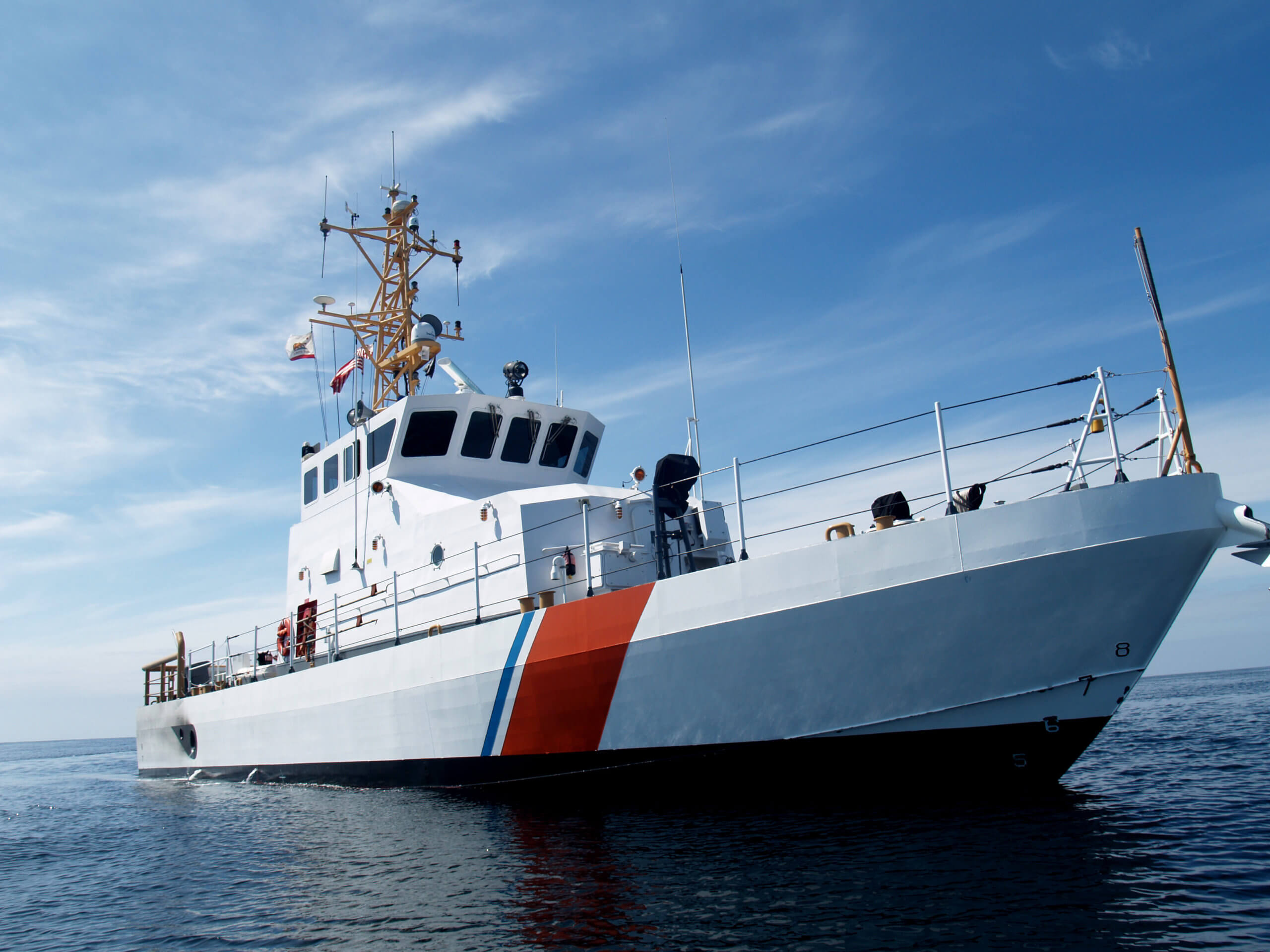Preventing A Collision At Sea, Part XIII

Rules 20 and 21 in the International Regulations for Preventing Collisions at Sea (COLOREGs) establish rules for several other rules. To be specific, Rule 20 says that all the rules in the Lights and Shapes section of the Rules of Navigation (Rules 21-31) are governed by a few common factors, and that you need to see each separate rule for specific matters as they relate to the vessel or circumstances.
Rule 20 – Rules Common to All
Rule 20 is quite simple. It says that Rules 21 to 31 shall comply with the following common factors:
-Use your lights from sunset to sunrise and in times of restricted visibility (implying foul weather, of course); and
-Use no other lights at that time unless you are sure that there is no way that they can be mistaken for the lights spelled out in this section, or won’t impair their visibility or distinctive character (now you know why there are no headlights on a boat – try finding red and green side lights while staring into headlights).
From sunrise to sunset, regardless of visibility, vessels shall exhibit “shapes” (another column coming) that conform to the “lights” that would be used at night or during foul weather.
So, what are the specifics beyond that?
Rule 21 – What Does It Say?
Rule 21 specifies what a masthead light is – a white light placed fore and aft of the centerline of the vessel. It shows an unbroken line over an arc of the horizon of 225 degrees and fixed so that it can’t be seen if you are more than 22.5 degrees abaft the beam of the vessel. Abaft? Seaman speak for “behind.” So, if you see a vessel ahead and you can see a side light (red or green) and a white light above and behind it, it is a crossing situation and you are not more than 22.5 degrees abaft her beam. If all you can see is a white light, it is her stern light (keep reading), and you are overtaking her – or it is her anchor light (try not to hit her!)
Just what is 225 degrees? Extend your arms and pretend you are a jet plane. That angle, from your right hand, up your arm, across your chest, and down your left arm to your other hand is roughly 225 degrees for most people.
Rule 21, having described what a mast light is, goes on to describe “side lights” – the red and green ones. Green goes on the starboard side and red on the port side. Which side is port? Remember “there is no red wine left in the bottle of port.” For the numerically advanced, these lights cut the mast light’s arc of horizon in half. Each light shall show her colors over an unbroken arc of 112.5 degrees (112.5×2=225) and also can’t be seen if you are more than 22.5 degrees abaft the beam of the vessel. Take your jet wings and have one arm point straight ahead while holding the other at “take-off” position – 112.5 degrees.
You might ask yourself, “Wait, I don’t have two lights on the side of my boat. I have one on the bow, which is half green and half red.” Exactly, Bunky. Under 20 meters — approximately 66 feet — you can combine these side lights into one “lantern carried on the fore and aft centerline of the vessel.”
Continuing to move aft on the boat, the rule then defines the “stern light” – a white light placed at the stern showing an unbroken light over the horizon of 135 degrees and fixed so you can’t see it if you have moved forward more than 67.5 degrees from the stern. And just what is 135 degrees? Pretend you are a jet plane again. That angle, from your right hand, across your back and to your other hand for most people is roughly 135 degrees (225+135=360 degrees).
And what’s with the 67.5 degrees? That is to ensure you can tell when you are behind the target vessel (67.5×2=135 degrees, or from the spine of your jet plane to either hand). Lastly, for the math geeks and those that love the hidden zen of the sea, 112.5 degrees from the bow and 67.5 degrees from the bow equals 180 degrees. The full side of your boat, from stem to stern.
Rule 21 finishes with some more simple definitions and so shall I – a “towing light” is just like your stern light – except she is yellow; an “all-around light” is, you guessed it, a light that exhibits an arc of horizon of 360 degrees (combining the mast light and stern light into one which is common and permitted on smaller vessels) and a “flashing light” is a light that flashes 120 times (or more) per minute. These are thus “defined terms.” (There is actually one more defined term in Rule 21 – a “special flashing light,” which is just like your mast light – except she is yellow and flashes 50-70 times per minute). Until next week.
If interested in being part of United States Coast Guard, email the author at JoinUSCGAux@aol.com.



